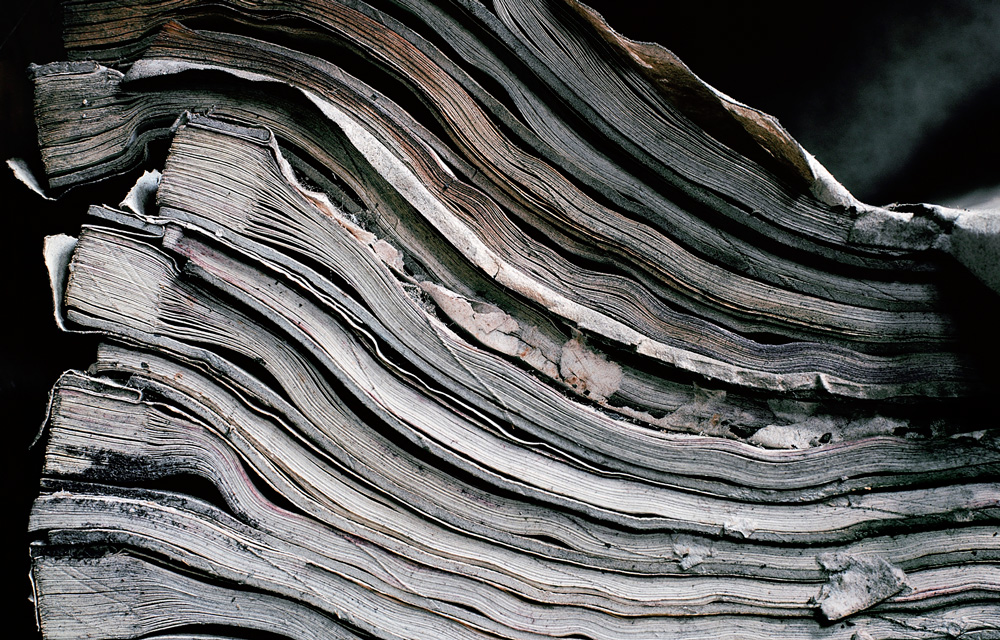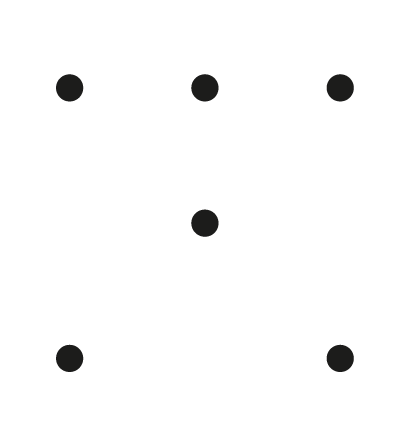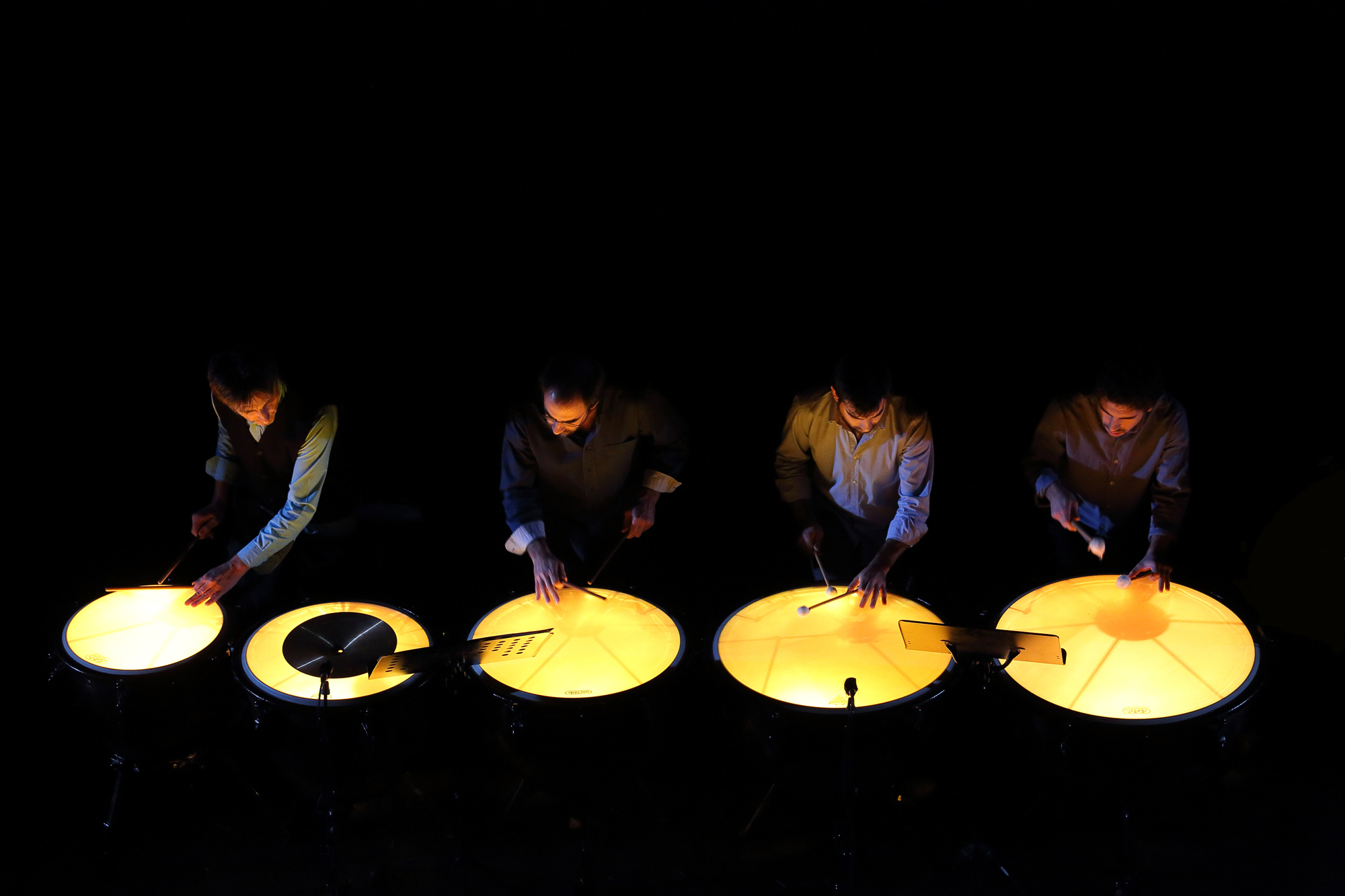
14 Nov Horizonte ondulado by López López
CD + BOOK + 3D SOUND INSTALLATION
José Manuel López López, composition
Drumming, percussion
Miquel Bernat, solo percussion
N, 3D sound installation
Horizonte ondulado illustrates the application of the creative thinking of Madrid composer José Manuel López López (1956), of a personal and suggestive poetic and sonic imagination, to the timbral and dynamic potential of percussion instruments and their implications in the temporal dimension of the musical material.
The album, performed by the Valencian percussionist Miquel Bernat and the Portuguese ensemble Drumming, is the upshot of many years’ collaboration between López López and Miquel Bernat, and reflects a process of creation in a close partnership which has enabled the composer to develop complex aesthetic aspects impossible to accomplish without direct, continuous work with the performer.
The carefully crafted published version of Horizonte ondulado consists of one CDs and a sixty page book that contains commentaries by the composer about the works. A code allows the high resolution version of the album to be downloaded in stereo and surround 5.1 from our web page.
José Manuel López López was involved with the works of the album, whose interpretative demands are within the grasp of very few, throughout the recording and post-production, conceived in stereo, 5.1 surround sound and 3D formats for sound installations.
Recorded in the Sala Mozart at the Zaragoza Auditorium, renowned for its exceptional acoustics, Horizonte ondulado was made with a multichannel recording system that allows to present the album as an immersive sound installation that takes a new approach to sound situations, using 3D recreation of an acoustic space.
The installation combines a hyperrealist sound aesthetic, in terms of perception, and the creation of a new musical situation specifically conceived with the composer during the recording and post-production process. This approach represents a transformation of the concept of diffusion in the field of recorded sound, placing the projects of the Neu label at the point of active intersection between recording, sound art and concert performances. We thus provide a social dimension to the experience of listening to recorded sound while making a case for the reinstatement, in the twenty-first century, of a specific space for the ritual of listening to music.



